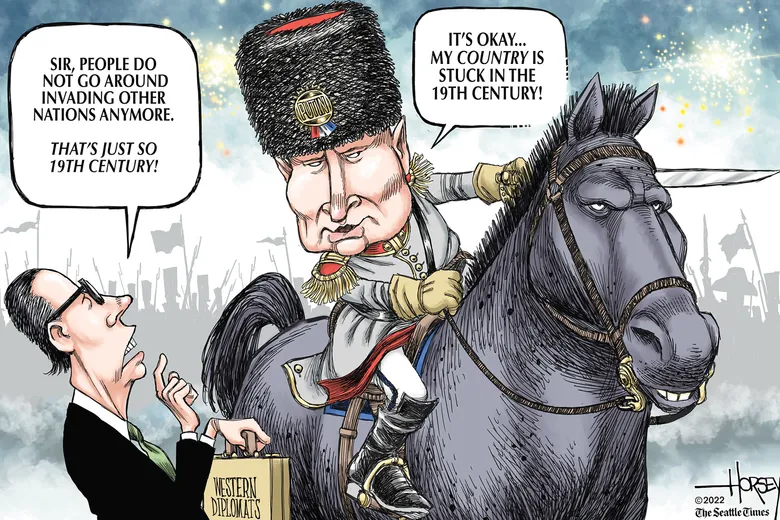Petr Ginz, Moon Landscape

Petr Ginz, Moon Landscape, looking at Earth from the Moon,1942
In January 2003 the space shuttle Columbia disintegrated killing 7 astronauts, among them Israeli Colonel Ilan Ramon, who carried a picture by Petr Ginz entitled Moon Landscape. Petr created his vision of what the earth would look like from the moon in 1942, shortly before he was incarcerated in Theresienstadt concentration camp. The actual 1968 photograph was remarkably similar. President Bush mentioned Ginz’s name, the Czech Republic issued a postage stamp of Petr Ginz in 2004, a Prague street was renamed in his honour and a newly discovered star was named after him by the Czech Observatory.
This publicity prompted a Prague resident to contact Yad Vashem, Israel stating he discovered a package of Petr’s work in the attic of a house he bought shortly after WW2. This was how Eva Pressburger, a painter and art teacher then living in Israel, saw e-mailed pictures of her brother’s diary and authenticated it. The diary documented daily life in Prague from September 1941 until Petr was sent to Theresienstadt, October 1942.
Petr and Eva were the children of a prosperous Jewish father, Otto Ginz, export manager of a textile company and a gentile mother, Mischlungen. Otto nightly translated Czech literature into Esperanto. The Prague of President and philosopher Masaryk along with Kafka and Rilke was doomed by the German occupation of Czechoslovakia immediately threatening the 90,000 strong Jewish community.
The diary begins 19.9.1941 recording the issue of six-pointed stars to Jews in Prague. The terrors of life under German occupation are detailed. Finally Petr is on the deportation list for Theresienstadt, north of Prague. Petr’s unfinished novel The Wise Men of the Altai Mountains, inspired by Jules Verne, travelled with him, his concentration camp diary survived the war. This concentration camp was designed for prominent Jews from Prague, Pilsen and Vienna and was self-governed by Judenrat or Jewish Council. Theresienstadt was a model ghetto, meant to mask the destruction of the Jews.
Petr and his friends edited Vedem (We are Leading) a weekly newssheet, Petr contributed poems highlighting the killings and asked how the Jews could bear it. Petr worked on his drawings, paintings and linocuts, he read extensively. Petr’s sister Eva was also transported to Theresienstadt, they were briefly re-united she 14 he 16. Petr was transported to Osweicem, 28.09.1944 and perished the same day. Eva and her father survived the war, they returned to their apartment in Prague, minus Petr.
Petr Ginz was part of a highly cultured, yet captive, Jewish community, many of his drawings, linocuts and novels were saved from Theresienstadt and given to the HolocaustMuseum, Jerusalem. Petr was astonishingly resilient and talented. Eva says Petr’s works should be seen as a memorial to the 1.5 million children who died, a fitting tribute.

















